Felbrigg Estate Slime Moulds & Fungi – August 2023
Near the entrance from the car park we saw a gregarious group of probable Agaricus arvensis — the horse mushroom. I find the gills more fascinating than the cap.
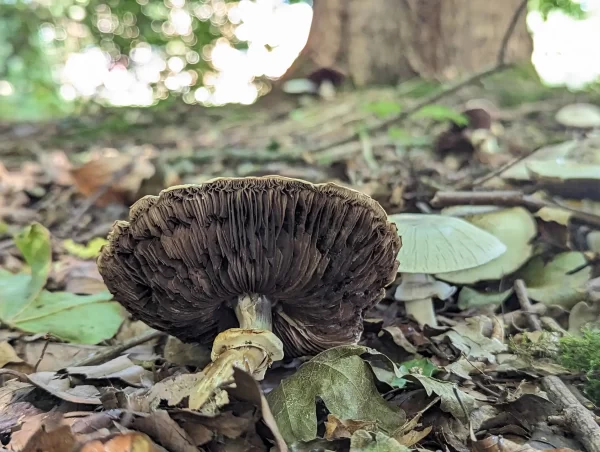
Felbrigg Hall – 4th August 2023
In the grassland to the south of the Hall a cluster of unidentified mushrooms in the grass with a distinctive wavy skirt-like edge.
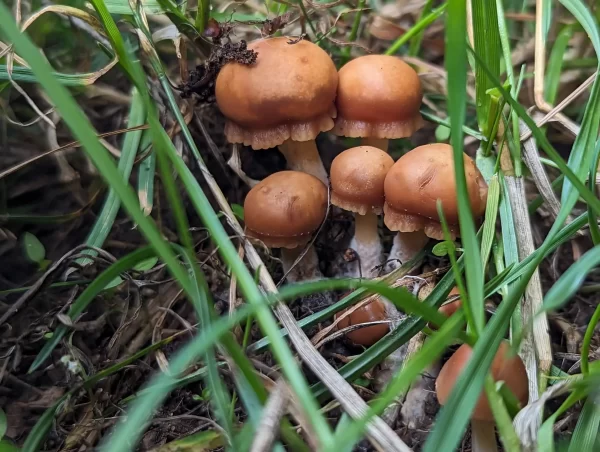
Felbrigg Hall – 4th August 2023
Amongst a decaying trunk and branches we spotted a number of Macrolepiota procera — the parasol mushroom.
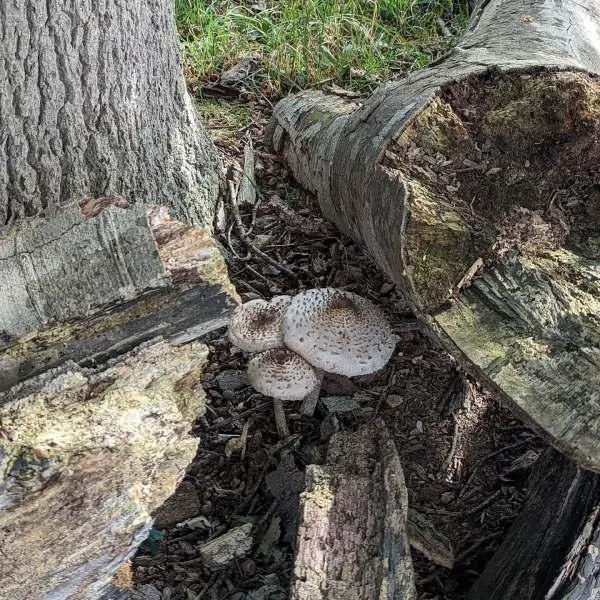
Felbrigg Hall – 4th August 2023
Macrolepiota procera has distinctive snakeskin patterning on the stem.

Felbrigg Hall – 4th August 2023
Nearby, a pigeon was watching us from hole in an oak tree.
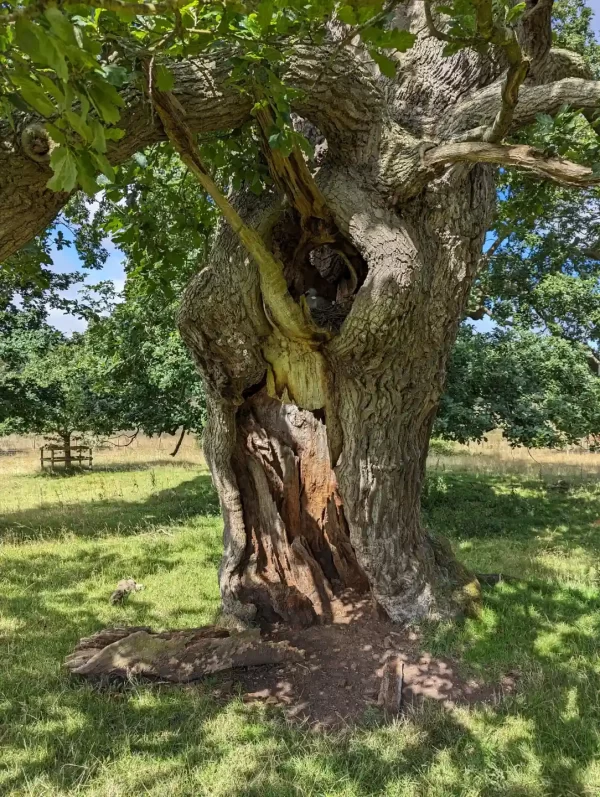
Felbrigg Hall – 4th August 2023

Felbrigg Hall – 4th August 2023
Mucilago crustacea — the so called “dog sick” slime mould in the grass.
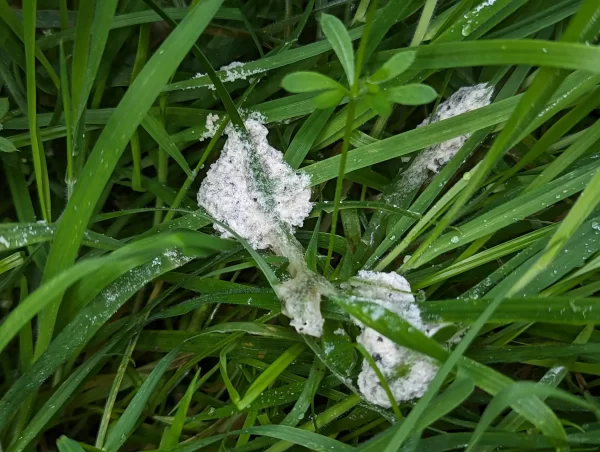
Felbrigg Hall – 4th August 2023
Mucilago is a monotypic genus with Mucilago crustacea the only species in the genus.
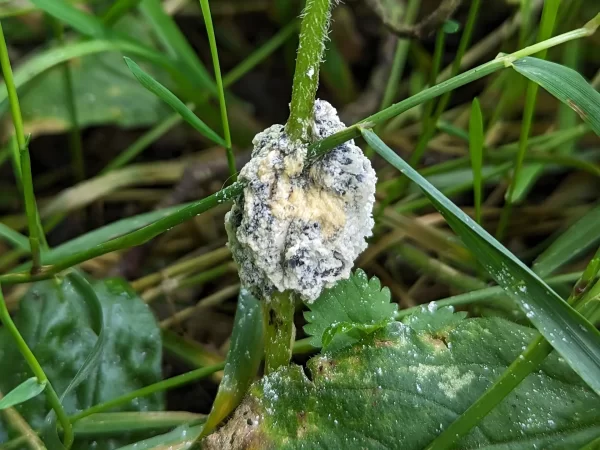
Felbrigg Hall – 4th August 2023
In an area of sweet chestnut trees we came across large groupings of Marasmius rotula — the collared parachute mushroom.
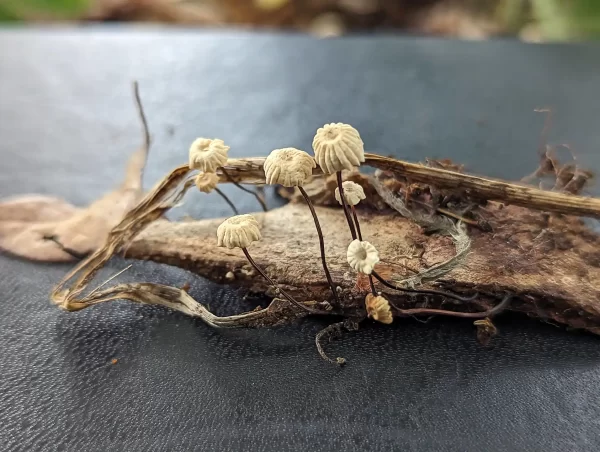
Felbrigg Hall – 4th August 2023
This mushroom looks similar to Gymnopus androsaceus — the horsehair parachute mushroom but M. rotula can be distinguished from G. androsaceus by it’s gills being attached to a collar around the stem rather than to the stem as with G. androsaceus.
In the photo below the bent over mushroom on the right can be seen with a collar around the stem.
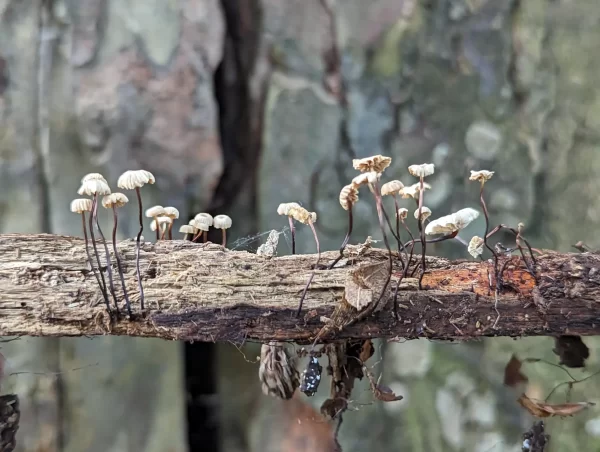
Felbrigg Hall – 4th August 2023
Another slime mould — growing on leaf litter.
Not certain that it’s Mucilago crustacea — it has a Stemonitis look about it.
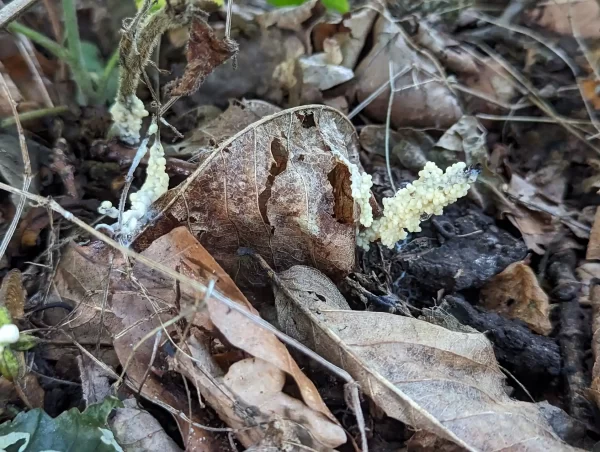
Felbrigg Hall – 4th August 2023
Moving on into Felbrigg Great Wood we saw many Scleroderma citrinum — the common earthball — and we spotted an Eye of Sauron variation.
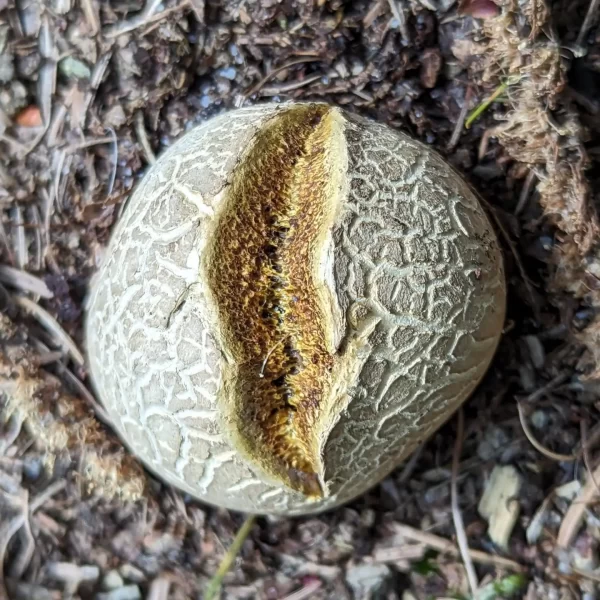
Felbrigg Great Wood – 4th August 2023
Calocera viscosa is always captivating.
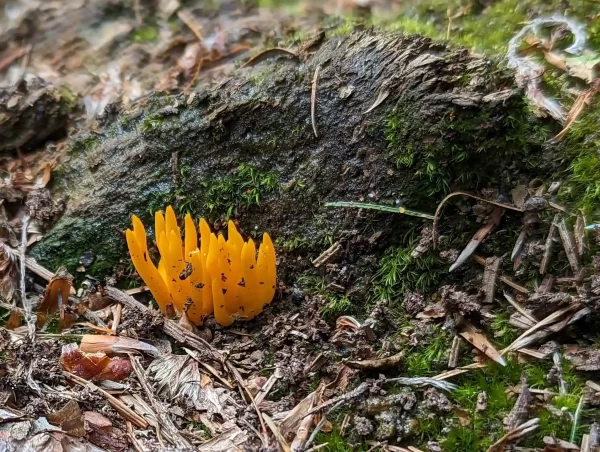
Felbrigg Great Wood – 4th August 2023
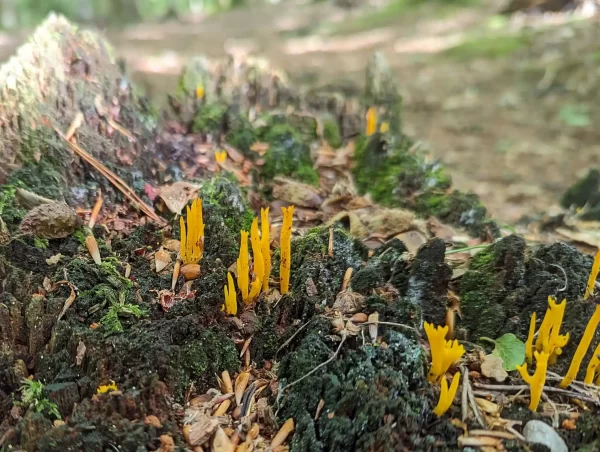
Felbrigg Great Wood – 4th August 2023
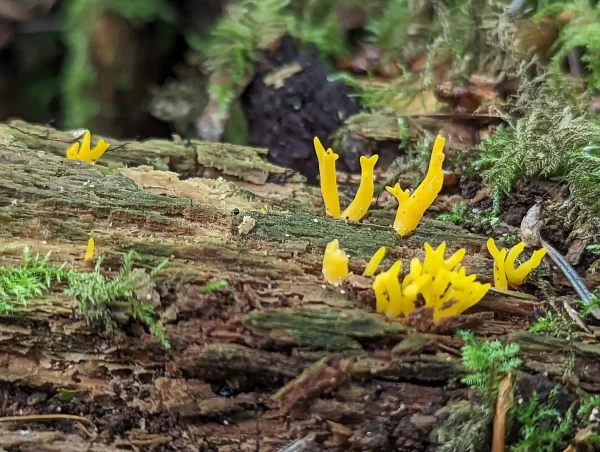
Felbrigg Great Wood – 4th August 2023
Tubifera ferruginosa — the so-called red raspberry slime mould.
montana
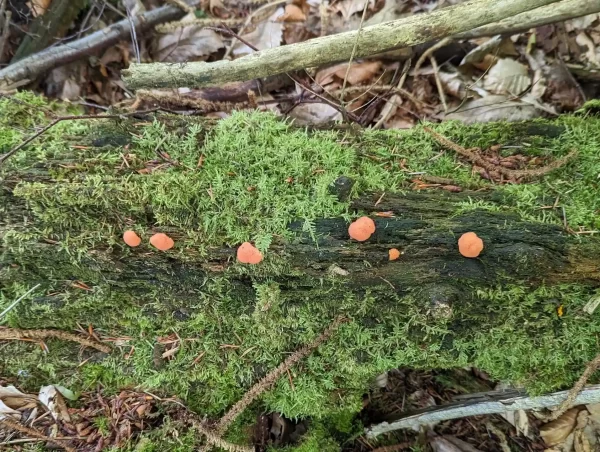
Felbrigg Great Wood – 4th August 2023
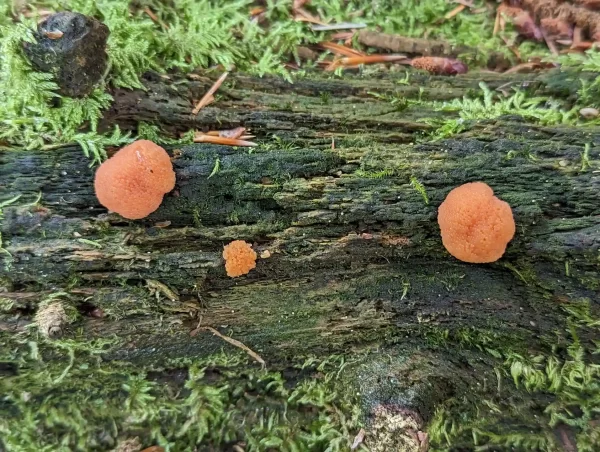
Felbrigg Great Wood – 4th August 2023
A Fuligo septica slime mould and some rose coloured Lycogala — wolf’s milk slime mould — together on a decaying stump.
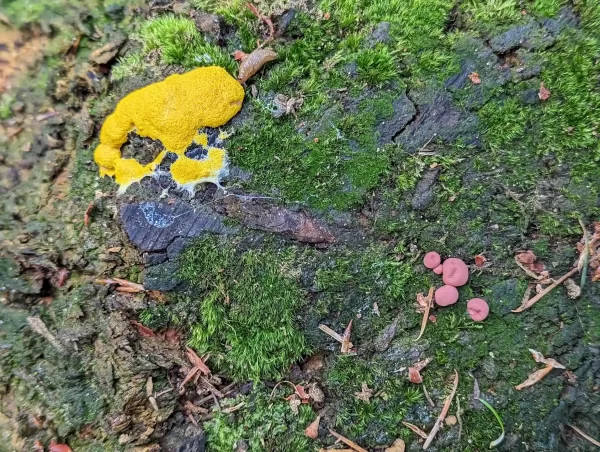
Felbrigg Great Wood – 4th August 2023
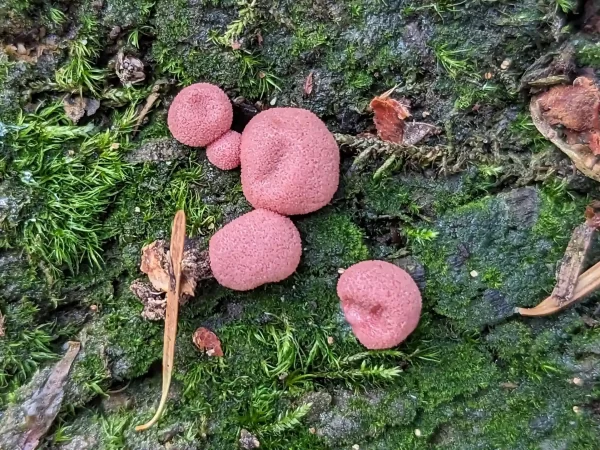
Felbrigg Great Wood – 4th August 2023
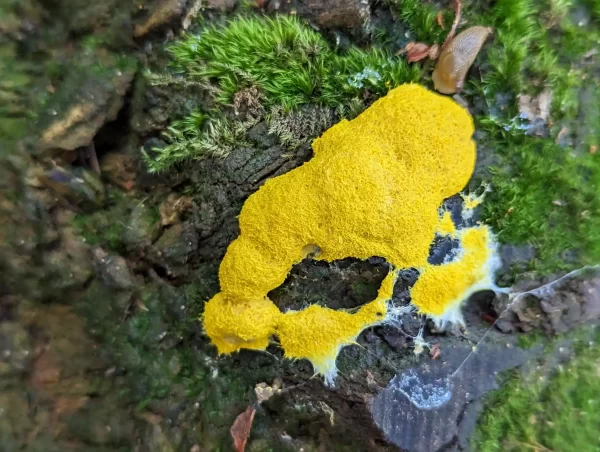
Felbrigg Great Wood – 4th August 2023
More Fuligo septica.
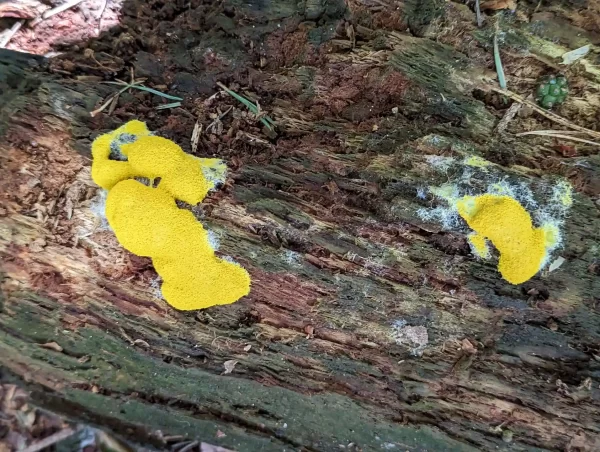
Felbrigg Great Wood – 4th August 2023
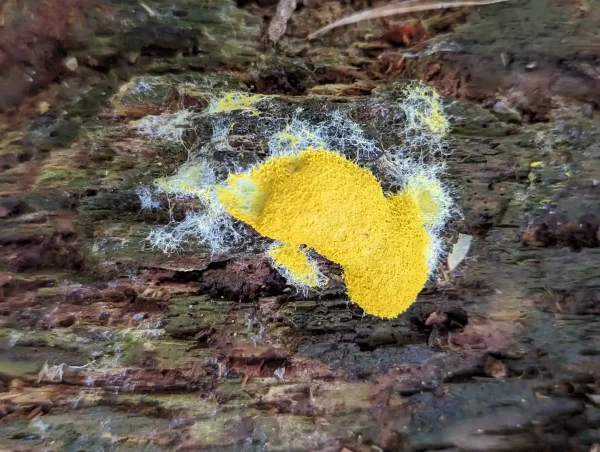
Felbrigg Great Wood – 4th August 2023
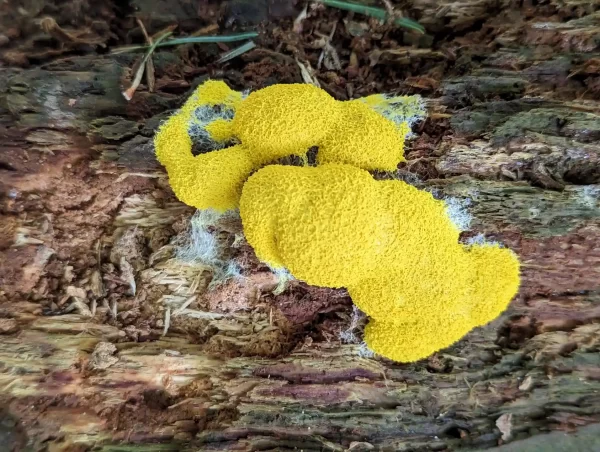
Felbrigg Great Wood – 4th August 2023
Near Lion’s Mouth lane we spotted more Fuligo which the daughter reckoned to be Fuligo cinerea. I’m not so sure myself as — to be certain — one would have to determine the spore size.
F. cinerea has spores that are over 10 µm in diameter whereas F. septica’s spores are 6–9 µm. But F. septica aethalia are often very large and F. cinerea small or medium. [1]
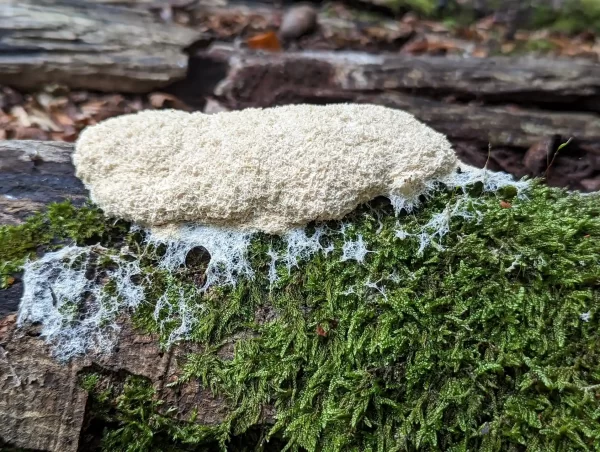
Felbrigg Great Wood – 4th August 2023
Is this aethalia large, medium or small?
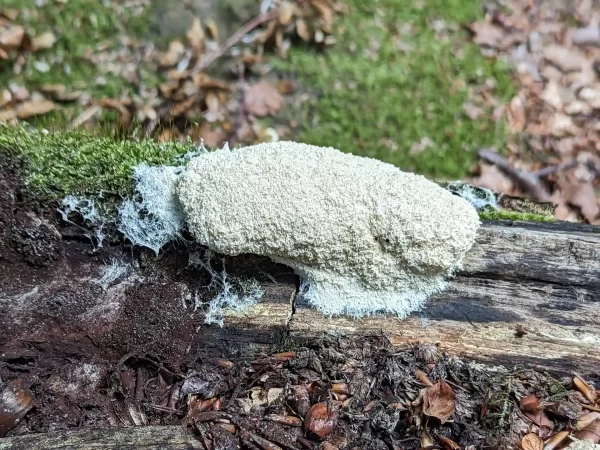
Felbrigg Great Wood – 4th August 2023
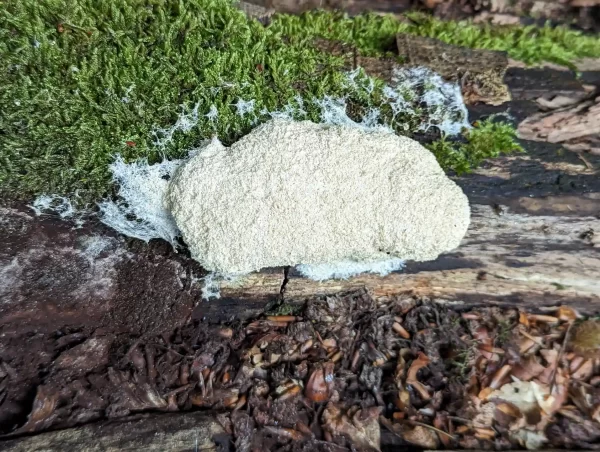
Felbrigg Great Wood – 4th August 2023
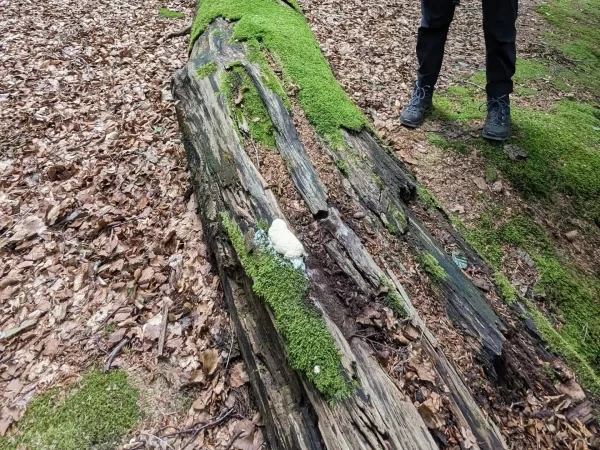
Felbrigg Great Wood – 4th August 2023
A Phallus impudicus (stinkhorn) egg without it’s peridium (outer layer) revealing the gelatinous layer covering the embryonic fruiting body.

Felbrigg Great Wood – 4th August 2023
A Reticularia lycoperdon — false puffball slime mould.
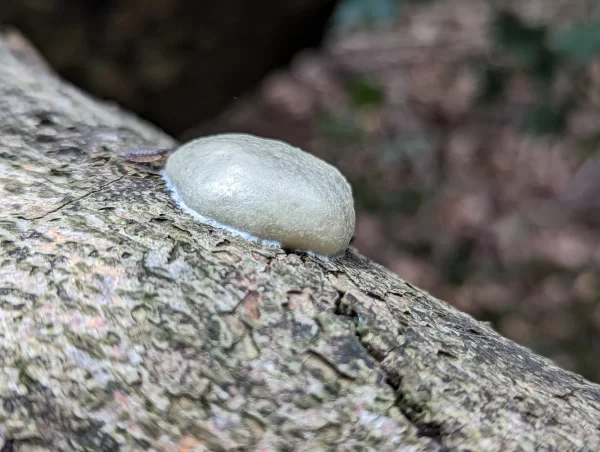
Felbrigg Great Wood – 4th August 2023

Felbrigg Great Wood – 4th August 2023
The colours of these munched on unidentified mushrooms are wonderful.
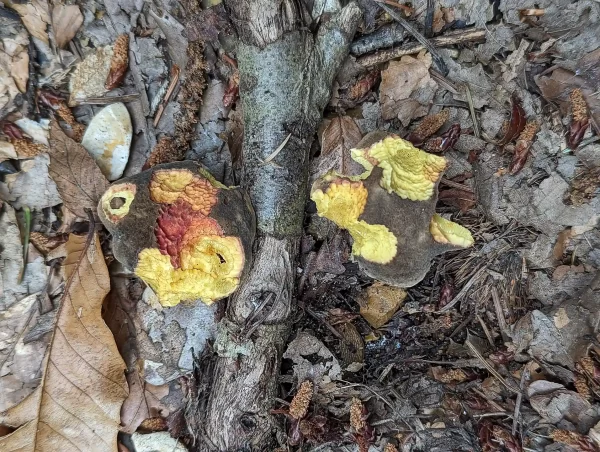
Felbrigg Great Wood – 4th August 2023
[1] Taxonomic Keys and Plates from The Myxomycetes by George W. Martin and Constantine J. Alexopoulos (digital update by Carlos Rojas & Carlos Lado)
https://www.myxotropic.org/wp-content/uploads/2021/04/MyxoKeys.pdf
(PDF opens in new tab)